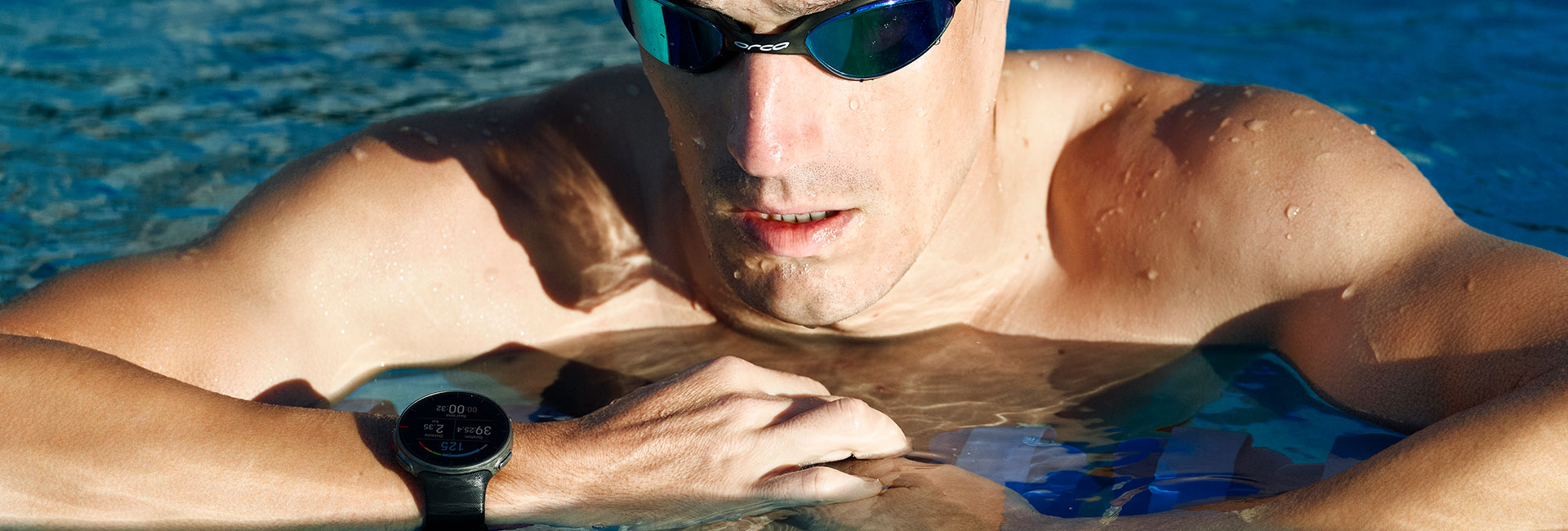Even if you’re not a pro athlete or a hardcore fitness enthusiast, taking a break from working out and allowing enough time for recovery is almost always a great idea. You might be tempted to think that the issue of inadequate rest is a problem for only the infamous gym rat, the enthused every-day runner, or personal trainer (yes, our bodies do become exhausted with so much moving!)… but it is not.
Individuals looking to get in shape as fast as possible – and those who punish themselves at the gym for eating a few too many M&M’s – are also culprits for training too sporadically and not grasping the concept of periodization.
You may already know why and if you need to reduce the intensity and frequency of your workouts, but just in case you haven’t grasped the importance of rest, here are my top three reasons for taking a break from working out and prioritizing recovery.
#1: Taking a break from working out leads to better balance
Taking a break from working out will essentially free up that 1–2 hours you typically spend a day on exercise, and this means more time with family and friends – or doing something else you enjoy.
There’s more to life than working out and it’s key to ensure a healthy balance to avoid overtraining.
#2: You’ll get stronger while taking a break from working out
Rest on par with reps.
Recovery is all about allowing time for physiological adaptations to training. When you are constantly exercising hard, there is not enough time for optimal training adaptation. That’s why it’s very important to find the right balance between training and recovery. After a strenuous training phase, it is essential to take some days off to allow optimal physiological adaptation to training and become fitter and stronger.
Indulging in a sleep-in instead of a morning training session from time to time can be a positive if you’re a fitness fanatic. This is because sleep is one of the most important aspects of effective recovery. So aim for a good, long night’s rest.
#3: You can still be active when taking a break from intense workouts
Oxymoronic? No.
Taking time off from intense workouts is not a licence to do nothing! In fact, active recovery is great when your body is sore and tight because it improves circulation of blood throughout the body.
When heading out for an active-recovery session, remember to keep your heart rate at about 50–60% of its maximum capacity. Ideally, an active recovery session does not last longer than 30 minutes and you should finish feeling energized, not exhausted.
Stopping before you are tired might sound like an easy thing to do for some, but many athletes would disagree as they have become habitually used to pushing themselves, even train harder when they feel sluggish. Some examples of active recovery sessions include biking, light jogging, yoga, and swimming.
Take a step back to take two forward
Especially if you experience any signs of under-recovery, it’s beneficial to take a small break from your regular fitness routine and take a look at your training history and recovery data to assess whether you’re training and recovery are balanced.
If you liked this post, don’t forget to share so that others can find it, too.
Or give it a thumbs up!
I like this article
Please note that the information provided in the Polar Blog articles cannot replace individual advice from health professionals. Please consult your physician before starting a new fitness program.





